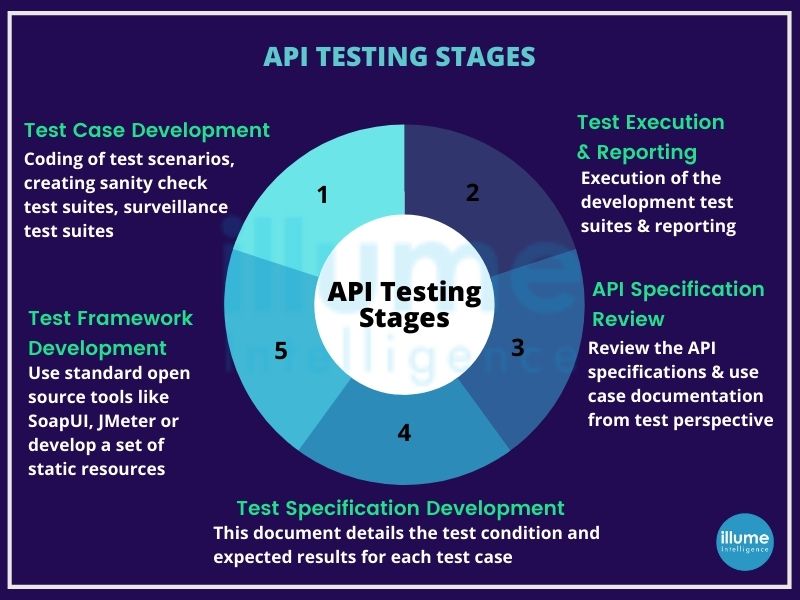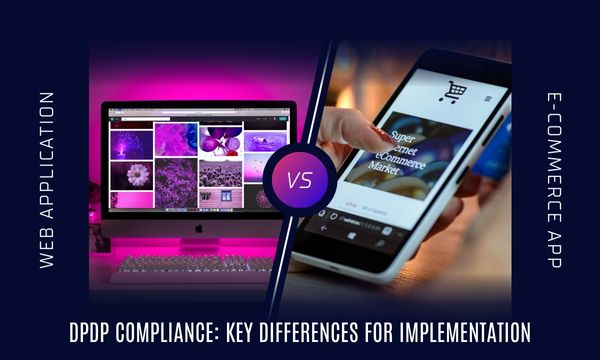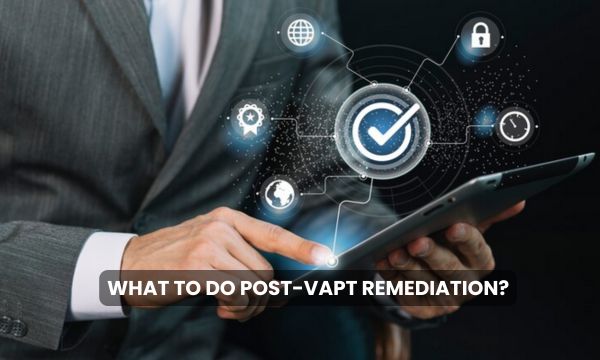Ensuring Web Services and API security in your organizations
APIs or Application Programming Interface and Web Services are the ways employed by the applications to exchange data. These are an integral part of software development as they connect and transfer data and logic over multiple systems and applications.
Web Service Testing is testing used for validating web services for functionality, reliability, performance and security of an API (Application Program Interface).
The web services and the APIs available in the public domain have to be tested rigorously, ensuring there are no loopholes, which may be exploited by the threat actors to harm the software or its users.

How do we do Web Services and API Security?
Adopting a hybrid approach for implementing the security, for Penetration testing wherein we follow the OWASP methodology and have included our specially designed test cases. We ensure an all-around approach for the testing. After the testing all the findings are documented, we extend our support to the developers and help them build secure coding practices ensuring API security issues from arising again.
1. Project Planning - Planning the flow of the project thoroughly for the proper implementation of the Web services and API testing to be processed seamlessly.
2. Customised Test Cases - Specifically designed test cases designed for the proper testing of the applications.
3. Automation Testing - Testing the application using the automation tools to ensure the testing is done from the industry-rated tools.
4. Manual Testing - Ensuring foolproof assessments by testing manually for the codes that may be surpassed by automation.
5. Reporting - Preparing the complete report by documenting everything for future reference.
Web Services and API testing has to be tested rigorously based on the protocols defined to ensure the safety of the user and network. The application based on APIs and Web services should be safe against hacking attempts. How safe are your applications?







